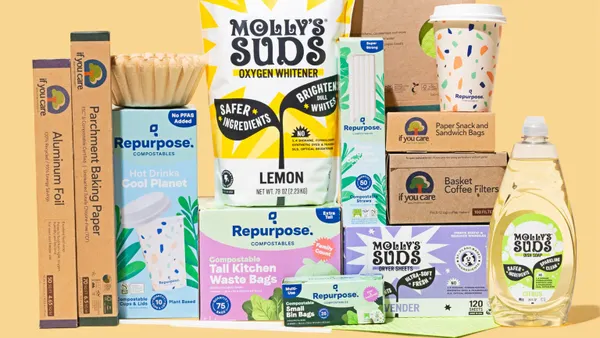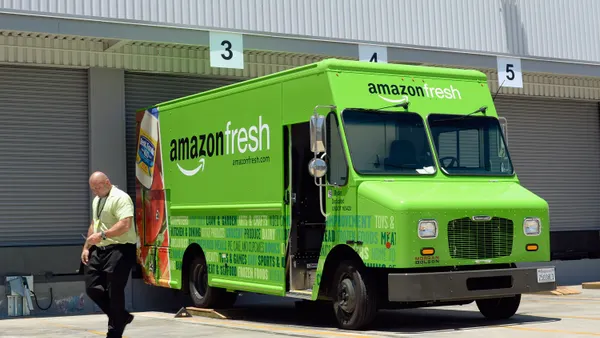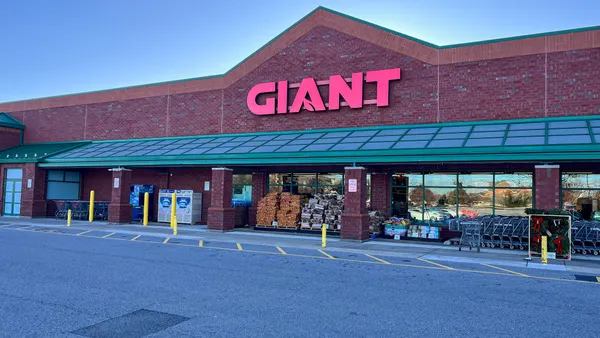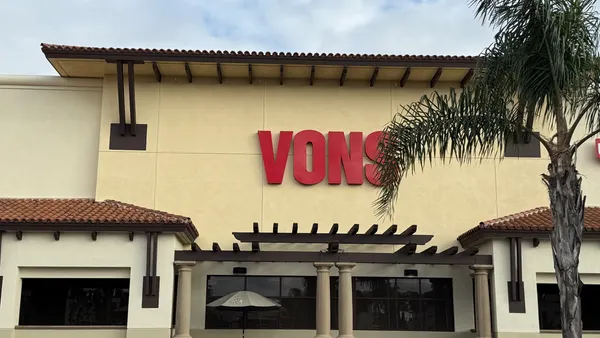“Value” is taking on a more nuanced meaning for grocery consumers — and private brands are a major factor as they seek that out, according to industry experts and FMI - The Food Industry Association (FMI).
“Good value” no longer refers strictly to a price-to-quantity ratio and instead has transformed to incorporate quality, relevance, experience and convenience in consumers’ perceptions of the term, per research from the trade group and a press call hosted Wednesday with industry experts.
This shifting definition comes at a time when high inflation has posed financial constraints on shoppers, forcing many to be more prudent with how they spend their food dollars.
While perceptions of value can come down to “even a personal valuation,” as FMI President and CEO Leslie G. Sarasin said in a statement, FMI’s report found that certain customer demographics are leading the change in value’s definition.
Younger shoppers, in particular, are spearheading this shift due to stronger affinities for certain products, values and services compared to older consumers. For example, More than half (52%) of surveyed millennials and 42% of Gen Z-ers said they are willing to buy the best quality ingredients regardless of price, compared to 22% of baby boomers who said the same.
Millennials also said they’re increasingly looking to minimize food waste by buying only what they need (62%) and spending more to avoid multi-store shopping (47%).
Age is also a determining factor in how shoppers perceive value across different channels.
“There is a perception that shopping in-store is the best method for getting good value. This belief is shared across all generations, although younger shoppers are more flexible and more likely to see value in both online and in-store shopping, depending on the situation,” Sarasin said.
While many shoppers see no delivery fees and the ability to make adjustments based on shelf price as the main value-driven reasons behind in-store shopping, FMI noted that people who shop online find value in being able to reduce impulse purchases and save on gas.
Income also factors in. Higher-income shoppers are more likely than lower-income consumers to either pay higher prices or spend more effort searching for the item they want, per the presentation.
“While low-income shoppers still aspire to eat well, which is higher quality products, when it comes to addressing rising food prices they're more likely to change a broader range of eating and shopping habits, including buying fewer items, buying less fresh produce, and going shopping less often,” Laurie Demeritt, CEO of The Hartman Group, said during the call.
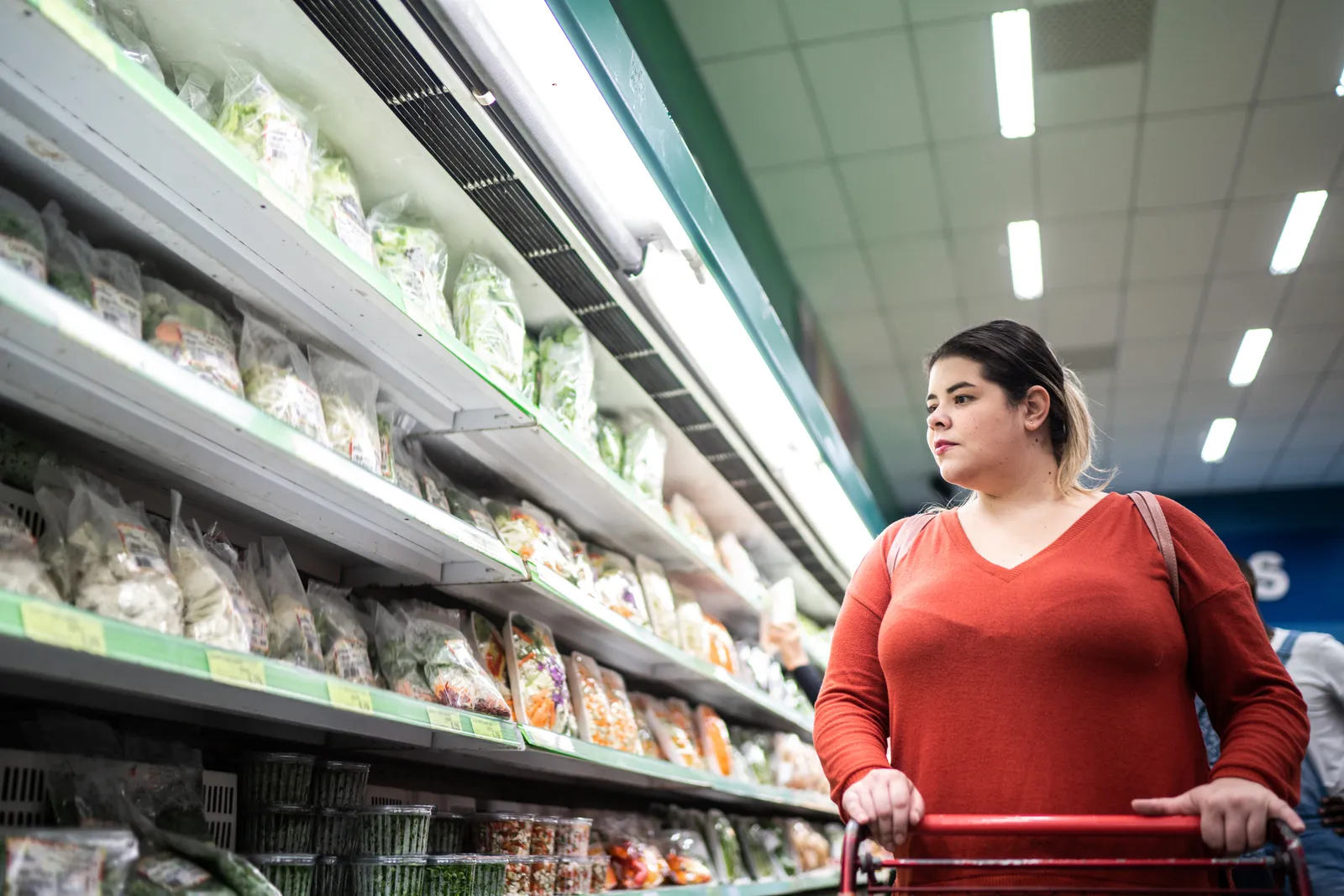
Purchasing more store brands (41%) and seeking out more deals (52%) are the two main shopping changes among surveyed consumers who said they are concerned about high food prices, according to FMI’s U.S. Grocery Shopper Trends 2023 study.
“The overall value that [private brands] deliver provides more to the shopper in addition to being more affordable,” Doug Baker, vice president of industry relations at FMI, said during the call.
FMI experts referenced last year’s research that found that more than three-quarters (77%) of consumers who claimed to have bought more private label products said they plan to purchase even more store brands in the future.
Consumer stigma around private brand quality has also been fading over time, Baker said.
The base of consumers choosing to shop at a specific retailer based on their private brand selection is growing, Baker said. To take advantage of that, Baker said grocers need to find ways to engage shoppers beyond the shelf in stores. Baker recommended that grocers consider utilizing their loyalty programs to fuel private brand purchases.
“Some retailers are testing and using point systems. So you buy private brands, you earn more points than if you buy a different brand,” Baker said.
While social media can play a key role in marketing and communicating, Baker said it is “used very lightly” with private brands — another potential area for grocers to explore.
Conveying product attributes that are attractive to shoppers and incentivizing repeat purchases are also areas for grocers to consider with private brands, Baker said.
Whether consumers will stick with private brands or revert to national brands once economic headwinds subside is “the million dollar question,” he noted.
“If you go all the way back to 2008 during the Great Recession, private brands are able to maintain some of that growth that they experienced during that timeframe that a consumer has purchased on but it's not 100% sticky, but that's a real opportunity,” Baker said.









